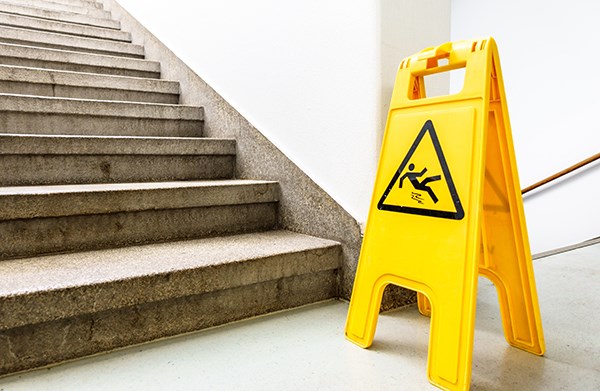What happens when you're having a lucid, pleasant conversation with a patient one minute - and noting her time of death the next?
Emergency physicians face death nearly every shift. Fortunately, you can often determine this when you first set eyes on the patient. The real pain is felt when your senses fail you — when the person who walks in, never leaves.
On a routine shift, toward the end of my PGY-2 year, I went to see a woman in her early 40s with the vague triage complaint of decreased appetite. I met a pleasant but apprehensive woman who relayed to me a history of swelling in her ankles and decreased appetite over the preceding few weeks. She had no prior medical history but had not seen a doctor in many years. She said she drank at least 8 alcoholic beverages a day for at least the past 10 years. She was frankly jaundiced, which she said was also new over this period. She was hypotensive with a systolic pressure in the lower 80s, but appeared well-perfused, in no distress, and was mentating appropriately.
I initiated a rather extensive workup with concern for a multitude of insidious life threats given her appearance. I walked out of her room and my attention was directed to the care of other patients in the department.
Some time later I heard an overhead announcement of code blue to CT. My heart sank as I looked over and saw my patient was no longer in her bed.
I knew it was her.
By the time I got to the scanner, my attending was intubating the patient without sedation or paralytics. I checked for her femoral pulse before quickly jumping on her chest and starting compressions on the CT gantry.
What made this experience so distressing was that she was able to walk in with her complaints. She was able to ambulate to the bed, sit down, and converse with me as if it was any other day. Although she looked to be chronically ill, I could never have imagined the events would proceed as rapidly as they did.
When the code was finally called, I could not overcome the sense of shock I felt.
Emotionally barren and raw, I completed my charts for the patients I had seen that shift and documented as clearly as I could the events that transpired in her care. What did I do wrong? How had I taken this woman who was walking and talking and rendered her to a state in which she was intubated in the CT scanner?
After a great deal of time, soul searching, and personal reflection I have reached a state of solace in the knowledge that I might never fully understand the steps that precipitated the patient's unfortunate demise.
An analogy my attending told me at the time did not bring me comfort immediately, but has provided me valuable insight in the months following the event. We see patients routinely who present to us on the sharpest edge, teetering between a multitude of factors pushing them toward a state of disequilibrium and rapid decompensation. Patients seem to inherently know when the margins become razor-thin and will come to us before their own reserves are exhausted by the pathophysiologic process behind their chief complaint.
One of the most important lessons I learned from this experience is accepting the unacceptable: It is not possible to save every life, every limb, every loved one who has experienced a catastrophic event.
I will work to make myself the best physician I can be. Read, listen, observe, and do all I can to increase my knowledge and experience. However, the time will come when acceptance and humility is the medicine for the malady that plagues me on my way home and into the start of the next shift. I must accept that I am human, I cannot save everyone, and that patients under my care may die.
Resilience is taking the next step after you fall, getting back to your feet when you are afraid to stand, and remembering how to run.



